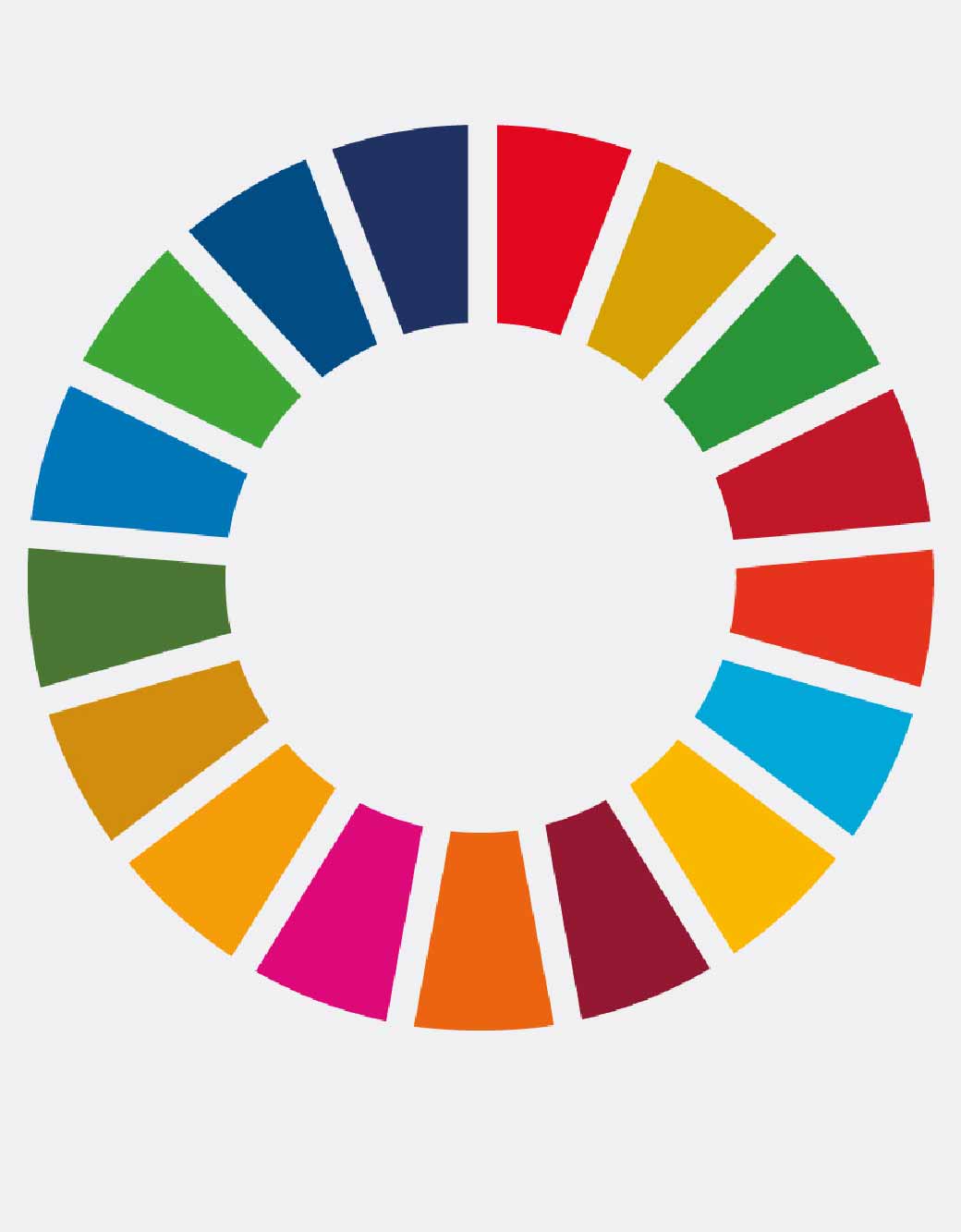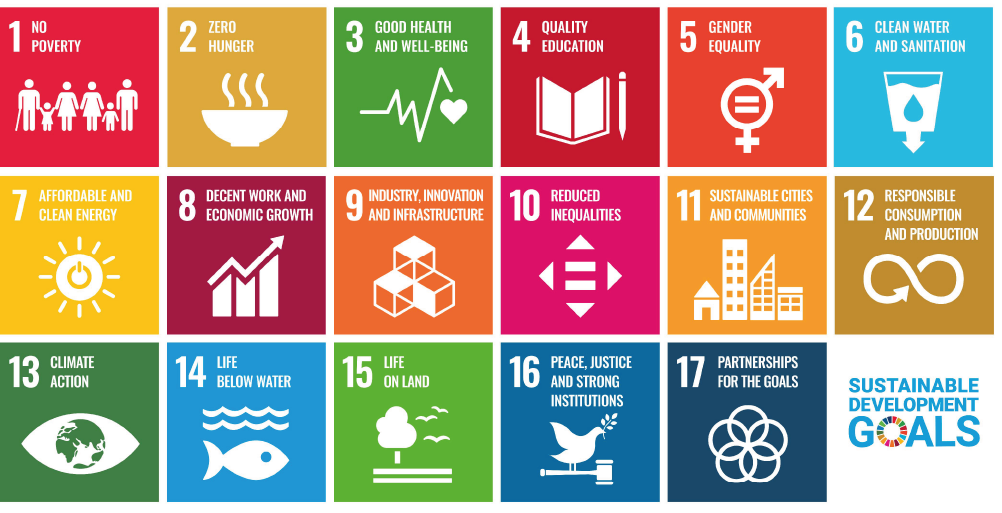

Plastic has a number of advantages: very light weight, flexibility, stability and durability, its ability to repel moisture and dirt and its user-friendly designs. These properties, which hardly any other material combines, contribute to sustainability and a reduction in greenhouse gas emissions in many areas of life. However, as plastic is made from non-renewable raw materials, its natural decomposition only occurs after many years and the amount of waste is constantly increasing worldwide, there is also criticism of its use. It is therefore important to fully utilize the recycling possibilities of plastic and to treat plastic as a valuable resource and not as a cheap disposable product. If this is taken into account, plastic can contribute to the achievement of several Sustainable Development Goals (SDGs):

The political goal of climate neutrality requires the phasing out of fossil fuels by 2045. Plastics should therefore be produced from renewable raw materials in the future. A key role in this transition to sustainable resources is played by the promotion of the circular economy as well as innovations and processes relating to the production of environmentally friendly and sustainable plastics.

The political goal of climate neutrality requires the phasing out of fossil fuels by 2045. Plastics should therefore be produced from renewable raw materials in the future. A key role in this transition to sustainable resources is played by the promotion of the circular economy as well as innovations and processes relating to the production of environmentally friendly and sustainable plastics.

By 2030, the environmental impact caused by cities and municipalities is to be reduced, particularly with regard to the treatment of municipal and other waste. Cities and municipalities are therefore faced with the task of developing their waste and recycling systems in such a way that resources are used more efficiently and economic potential is better exploited.

Every year, almost 1/3 of the world's food is lost or wasted. Plastic packaging, on the other hand, keeps food fresh for longer, reduces spoilage and helps to curb food waste. Extending the use cycle and recycling plastic packaging not only reduces the amount of waste, but also conserves resources and protects the environment.

Plastic products used for thermal insulation, food packaging and the generation of renewable energy are the decisive factor in reducing greenhouse gas emissions. This is mainly due to the fact that plastics are very light and consume little material. If plastics are also recycled and their use cycle extended, thus helping tgreatly o reduce greenhouse gas emissions.

The orderly collection and recycling of plastic packaging waste contributes to the achievement of SDG 14 "Life below water". However, uncontrolled landfills and inadequate disposal systems lead to plastic waste ending up in our waterways. The real problem is not the plastic product itself, but the inadequate handling after its use. This problem exists worldwide and is unnecessarily exacerbated by the export of waste to third countries.